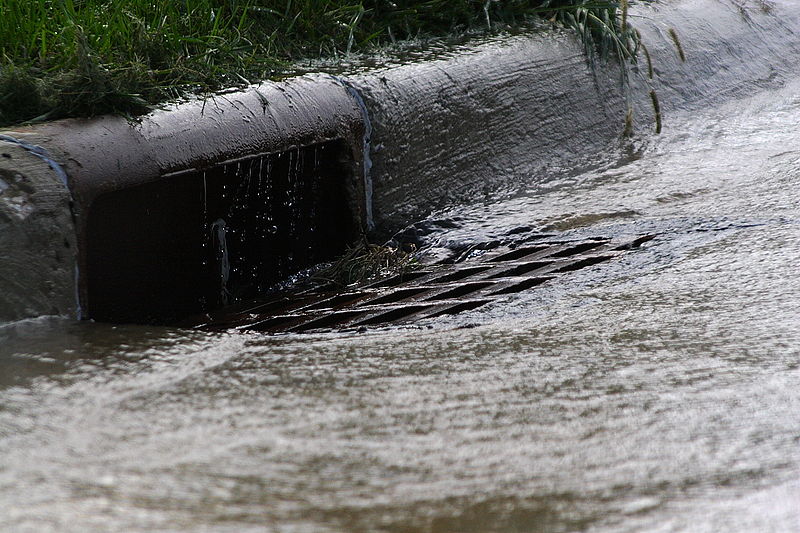The City of Cape Town said it is aware of effluent spillage at Hout Bay Gateway Circle and indicated it will implement a number of interventions to stop the waste from reaching the sea.
“The effluent is pooled at the circle, and then drains via the stormwater into the Disa River and ultimately into the lagoon and on to the beach,” said ward councillor Roberto Quintas, in a statement on Friday, February 5.
Quintas is the councillor of Ward 74 in the City and his constituency stretches from Llandudno to Hout Bay. He said the effluent is a result of night soil and greywater finding its way directly into the stormwater system in Imizamo Yethu, “as well as a network of illegal sewer connections in the informal settlement which flush directly into the stormwater system.”
The waste runs downhill and pools in low lying flat areas before eventually reaching the river.
The City faces about 300 sewer overflows daily and it said the majority of these blockages are caused by illegal dumping.
“The issues with blockages are further exacerbated by the depositing of animal carcasses, building rubble, plastics and sanitary products and baby nappies into the system,” said Quintas.
One of the interventions the City has in place to counter stormwater runoff are retention ponds that catch the waste as it comes down the mountain. The City has appointed a new contractor to assist with clearing and emptying the ponds and added it will build more to further contain and clear the effluent.
“Further interventions will include an enforcement campaign where illegal connections of toilets to the stormwater system will be carried out, with disconnections and fines or other penalties being imposed on those illegally tampering with City infrastructure,” said Quintas.
The City is also investigating the possibility of expanding the network of nightsoil and effluent drop-off points by implementing a system that allows residents to deposit their waste directly into the sewage system.
Quintas also indicated litter socks, which help trap solid waste in stormwater drains and prevents it from draining into the river, will be installed through a partnership with local businesses.
Picture: Wikimedia Commons

